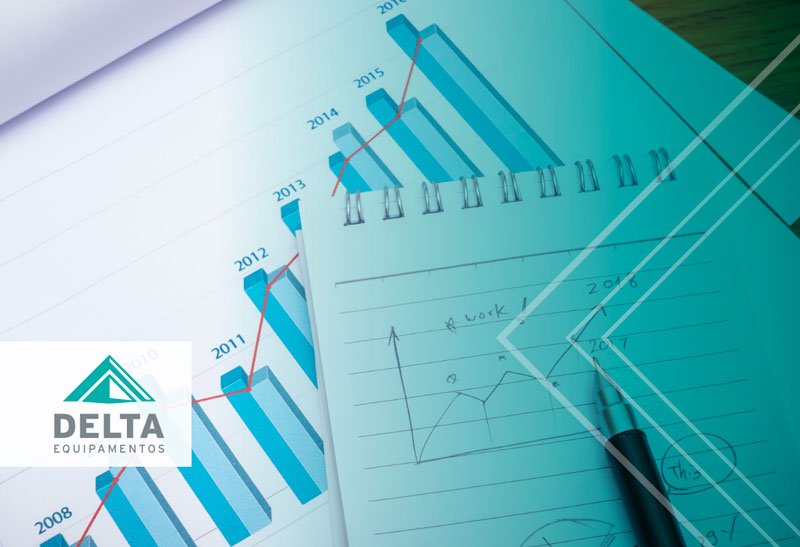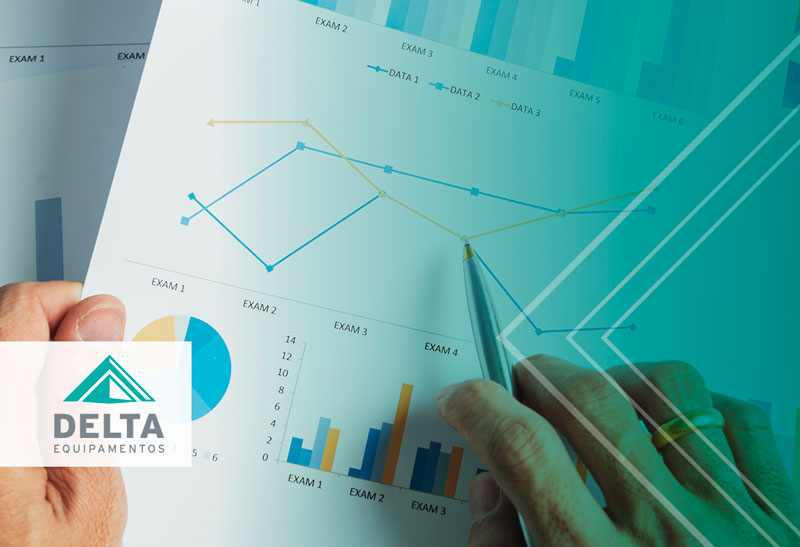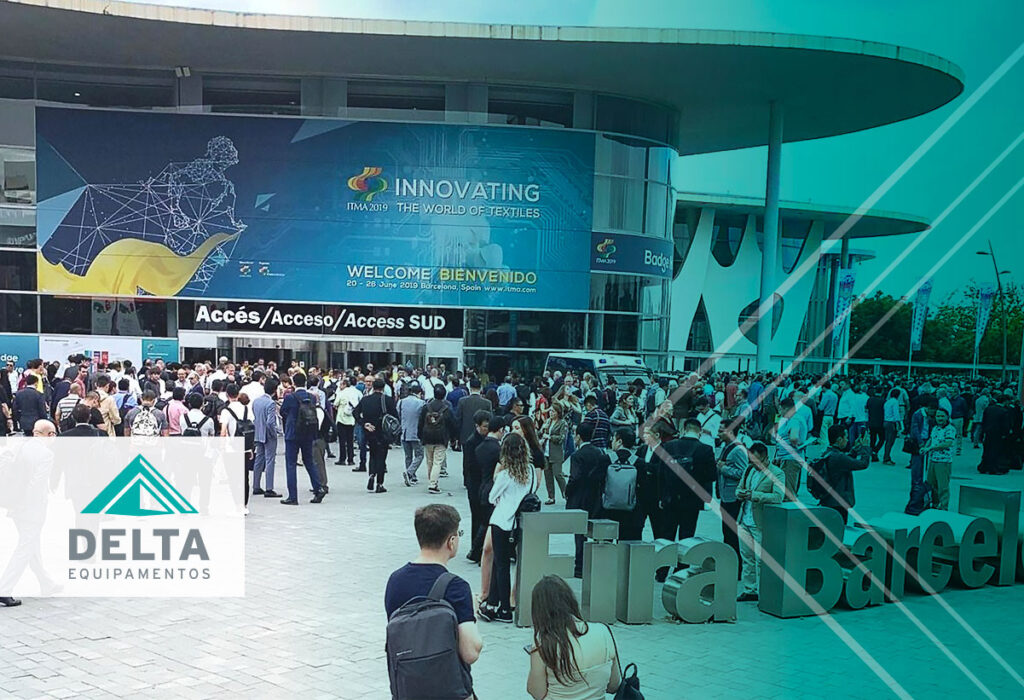Sustainable consumption and its impacts on the fashion industry

There is a lot of talk about sustainable consumption and good practices for the environment. However, do you know what this is about? Although the fashion industry has always been associated with negative impacts on the environment, many large corporations are adapting to this new consumer demand. To avoid losing space in the market, understand […]
What is it and how to calculate the OEE index of your production

Industries need to be constantly monitoring their production capacity, raw material losses and financial waste. To obtain these answers and identify their causes, the OEE calculation becomes an indispensable and strategic tool. Next, understand what this calculation is about and how to apply it in your textile production to improve your sector and adapt to […]
Does production efficiency impact the company’s profit margin?

A company that does not have productive efficiency operates slowly and with high costs that place the profit margin at worrying levels. To promote quality solutions in the textile industry, it is necessary to focus on waste-free production and processes that do not ignore the power of technology. Understand what actions need to be implemented […]
Upcycling: what it is and its impact on the future of production

Upcycling, though not a new concept, has gained popularity in recent years within the textile industry. One primary reason is the increasing environmental awareness and the evolution of the fashion industry. Curious about what upcycling really means and why it’s becoming such a big deal? Discover how this practice originated and why your industry should […]
How to automate production: steps and benefits

When we talk about automating production, we are referring to optimizing the management of time and raw materials used, resulting in lower costs and more efficiency. To achieve this, activities previously carried out by humans are carried out by machines and systems are integrated. In industry, these technological innovations are so remarkable that they are […]
ITMA 2019: find out about our participation in one of the biggest fairs in the textile segment

Considered one of the most important fairs in the world in the area of technology and machinery for the textile industry, ITMA 2019( The Textile Machinery Olympics) was held between the 20th and 26th of June this year, in Europe, in Barcelona. The event brings together the industry, every four years, to explore new ideas, […]
Efficiency in production and instability of raw materials

Many industries buy lower-priced raw materials in order to obtain a higher profit margin, but they forget to think about efficiency in textile production. The problem is that the instability of raw materials greatly affects production efficiency in the textile industry, especially when it comes to the quality of the materials used to make the […]
5 common mistakes when purchasing textile machinery

Despite being seen as a good investment and providing an increase in the quality of products and the production process itself, purchasing textile machinery is a task that requires planning, as well as internal analysis and organization to avoid losses. However, many companies ignore this fact and end up making mistakes when purchasing their machinery. […]
Circular Economy: How Does It Apply to the Textile Sector?

If you’re interested in sustainability, know that a concept that has gained prominence in recent years is the circular economy. It goes beyond recycling and reusing discarded materials and brings about more impactful changes in consumption patterns and society as a whole, generating savings while preserving the environment. To better understand the topic and how […]
The future of the Textile Industry in Era 4.0: with Robson Wanka

We spoke with Robson Wanka about the scenario of the Brazilian textile industry on the way to Industry 4.0. The sector’s adaptation to this moment of transformation and the global scenario, main challenges, destinations and gains from this journey. Robson implemented the first Industry 4.0 Plant in the Americas in the Clothing Sector (October 2017), […]
